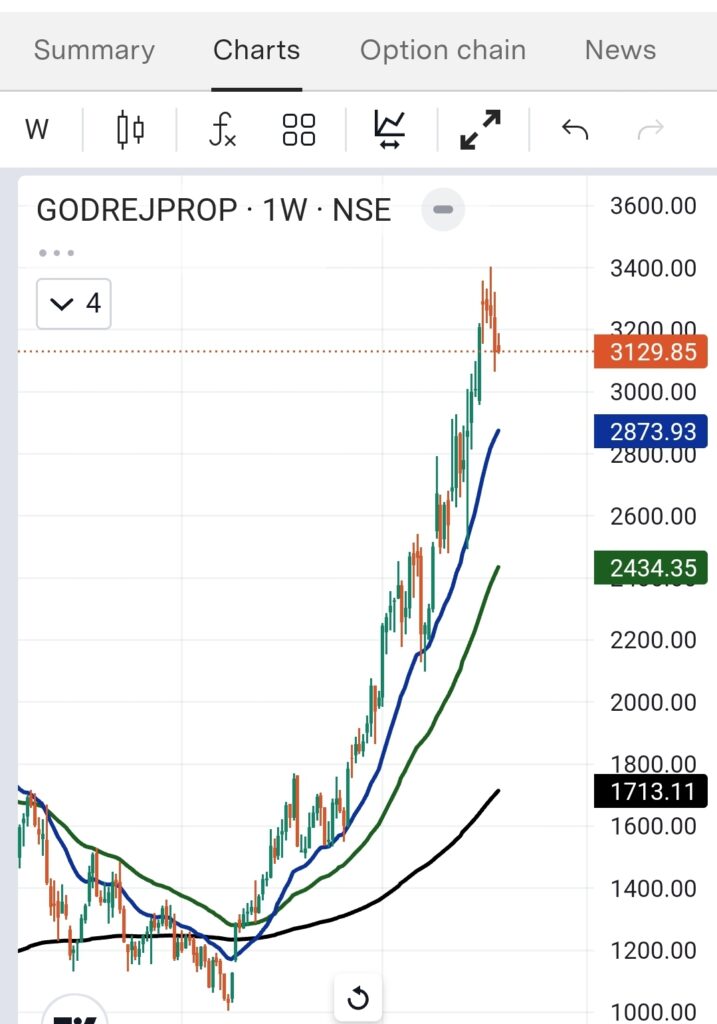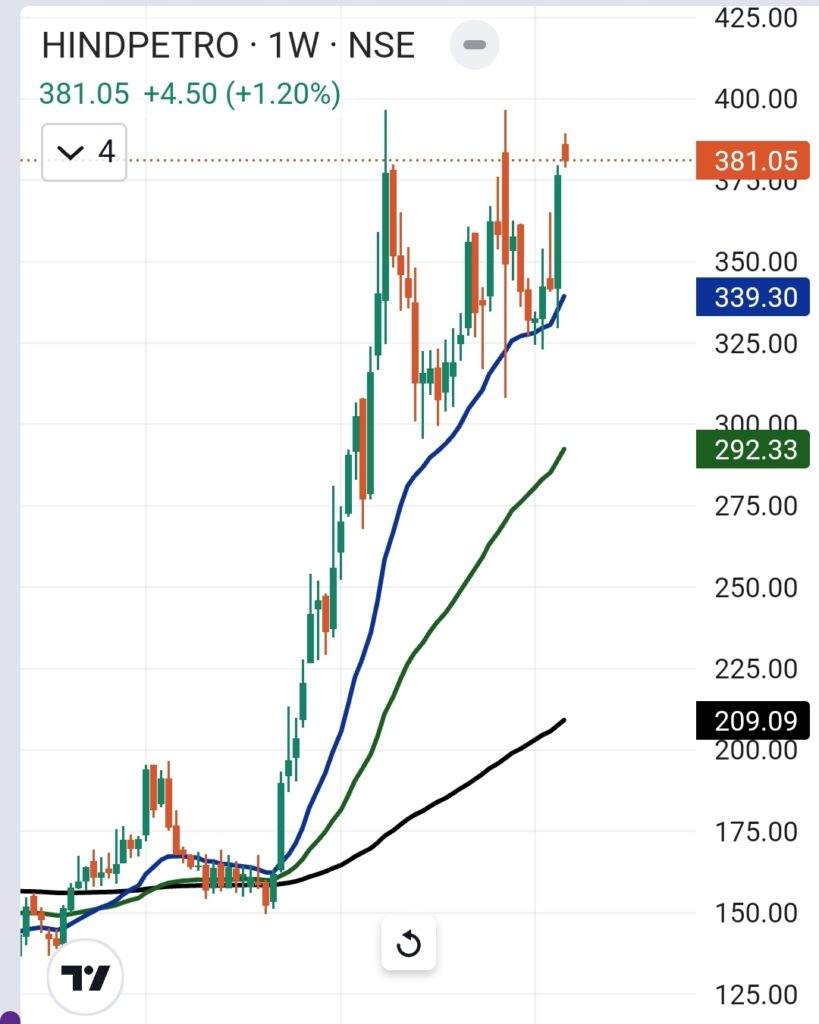Start Investing in share market

In this post we will discuss How to start Investing in Share Market for great return in short term period and boost your portfolio. This post is dedicated to those people who want to invest his hard money in share market.
Who lost in market his hard money in market in starting as trader those and other more people thinks that long term investing is best like 5-6 years and also 10-20 years and put his hard money in stocks.
Put own hard money in market for very long term is a risky task because when you invest money in stocks there is no stoploss as you know. Stock market face various stages in every year like bull run, bear run, and sideways.
You can get good return in short-term investing if some basic rule must be followed in right way. Now we discuss How to Start Investing in Share Market.
Investing Rule in share market
Dear when you put his hard money in any stock you have to follow these steps for good return.
1.Company market cap value should be greater than 1lakh crore above.
2 Check last 5 year sale of company is increasing or decreasing. If increasing than ok.
3. Company profit sheet from last 5 years should be increasing.
4. FII holding greater than 25-30% and promoter not to be greater than 40-45%.
5.These all point you can check easily on SCREENER. IN
Uses of EMA in how to start Investing in share market
Exponential Moving Average(ema) is best indicator if you put your hard earn money in stocks. But how to use this indicator?
You have to use 2 ema values in your screen chart. Ema 50 and ema 200. Now follow these basic rules..

1.Check Pulse and trend of stock
- 1 If pulse positive and trend up than go for long position.
- If pulse negative and trend down than this is hint for short sell traders.
- If pulse and trend are sideways than no action.
- Above pic show example.
2. Now go for stock monthly, weekly and daily chart on tradingview or broker application.
3. If ema 20 crossover above ema 50 and ema 50 have crossover above ema 200. All three ema already giving crossover in weekly and daily chart time frame this is best time for take long position for investment.
4. You have taken entry ok. But when to exit.
5. If on daily or weekly time frame or weekly time frame ema 50 cross ema 200 from above to below than you can exit.
This is simple investing method also known as Golden Crossover method.

How to Start Investing in Share Market is completed.
You can check Godrej Property stock and Hindpetro stock when ema 20, ema 50 and ema 200 give golden crossover stocks goes triple from where within a 6-7 month time.
Now your doubt ” How to start Investing in Share Market” may be solved by our post.
Thank you dear
You may also like…
Importance of Supply & Demand Zone Trading
Supply And Demand Guide: How to Find, Analyze, And Trade Supply and Demand Zones
How to improve my trading skills
FAQs: How to start Investing in Share Market
1. What are the basic rules of investing in the stock market?
- Answer: Basic rules include understanding your risk tolerance, diversifying your portfolio, investing for the long term, avoiding emotional decision-making, and conducting thorough research before buying stocks. It’s also crucial to stay informed about market trends and economic indicators.
2. Why is diversification important in stock market investing?
- Answer: Diversification helps reduce risk by spreading investments across various sectors, industries, and asset classes. This way, the poor performance of one stock or sector is offset by better performance in others, minimizing the impact on your overall portfolio.
3. What is the 5% rule in stock market investing?
- Answer: The 5% rule suggests that no single investment should make up more than 5% of your portfolio. This helps limit risk by ensuring that your portfolio isn’t overly dependent on the performance of one stock or asset.
4. How important is it to have a long-term perspective in stock market investing?
- Answer: A long-term perspective is crucial as it allows you to ride out market volatility and benefit from the compounding of returns over time. Short-term market fluctuations can be unpredictable, but long-term investments in fundamentally strong companies tend to yield positive returns.
5. What is the significance of setting stop-loss orders in stock investing?
- Answer: Stop-loss orders are important for risk management as they automatically sell a stock when its price drops to a certain level. This helps protect your investment from significant losses in case the market moves against your position.
6. How often should I review my stock portfolio?
- Answer: Regularly reviewing your portfolio, such as quarterly or biannually, is recommended. However, it’s essential to avoid overreacting to short-term market fluctuations. Focus on whether your investments still align with your financial goals and risk tolerance.
7. What is dollar-cost averaging, and how does it apply to stock investing?
- Answer: Dollar-cost averaging involves regularly investing a fixed amount of money in stocks, regardless of the stock price. This strategy reduces the impact of market volatility and lowers the average cost per share over time, making it a disciplined approach to investing.
8. Should I follow market trends or focus on individual stock analysis?
- Answer: While it’s important to be aware of market trends, focusing on individual stock analysis is crucial for identifying solid investment opportunities. Understand the fundamentals of the companies you invest in and ensure they align with your long-term investment strategy.
9. What role does emotional discipline play in stock market investing?
- Answer: Emotional discipline is vital in stock market investing as emotions can lead to impulsive decisions, such as panic selling during market downturns or buying based on hype. Sticking to your investment plan and making decisions based on analysis rather than emotions is key to long-term success.
10. How can I determine the right time to buy or sell stocks?
- Answer: Timing the market perfectly is difficult, but you can use tools like fundamental and technical analysis to make informed decisions. Buy when stocks are undervalued based on fundamentals and consider selling when they are overvalued or when they no longer fit your investment strategy.